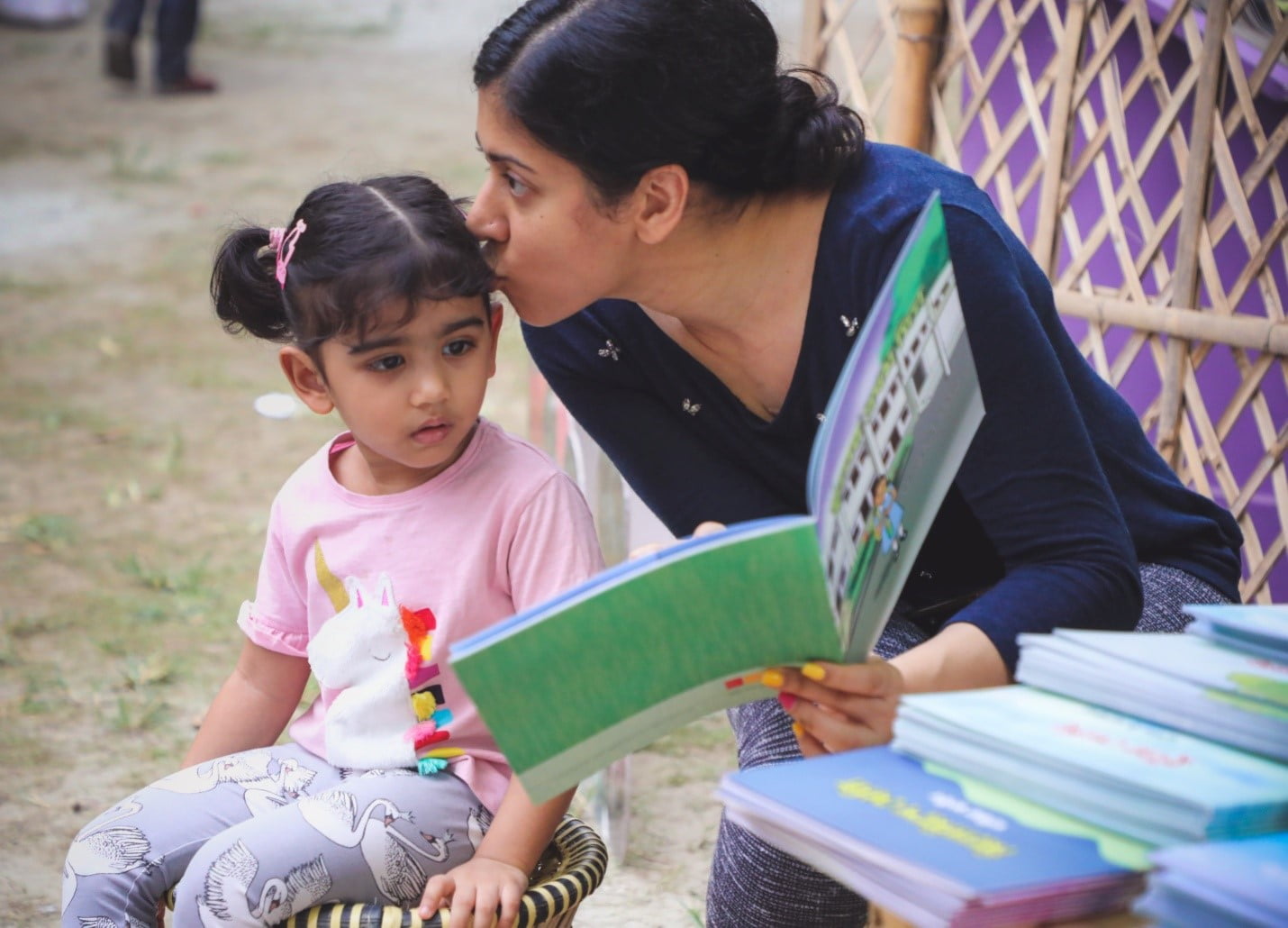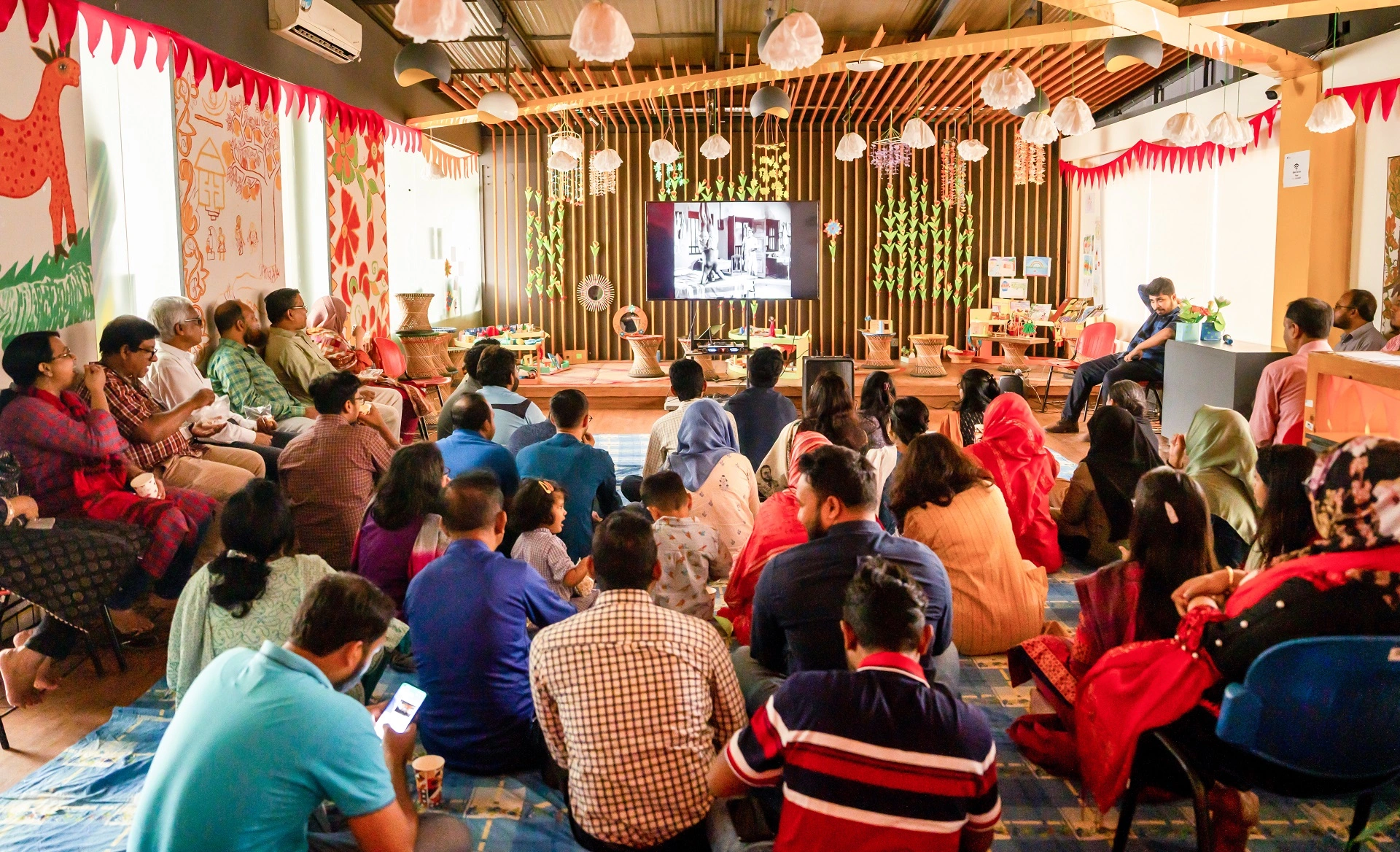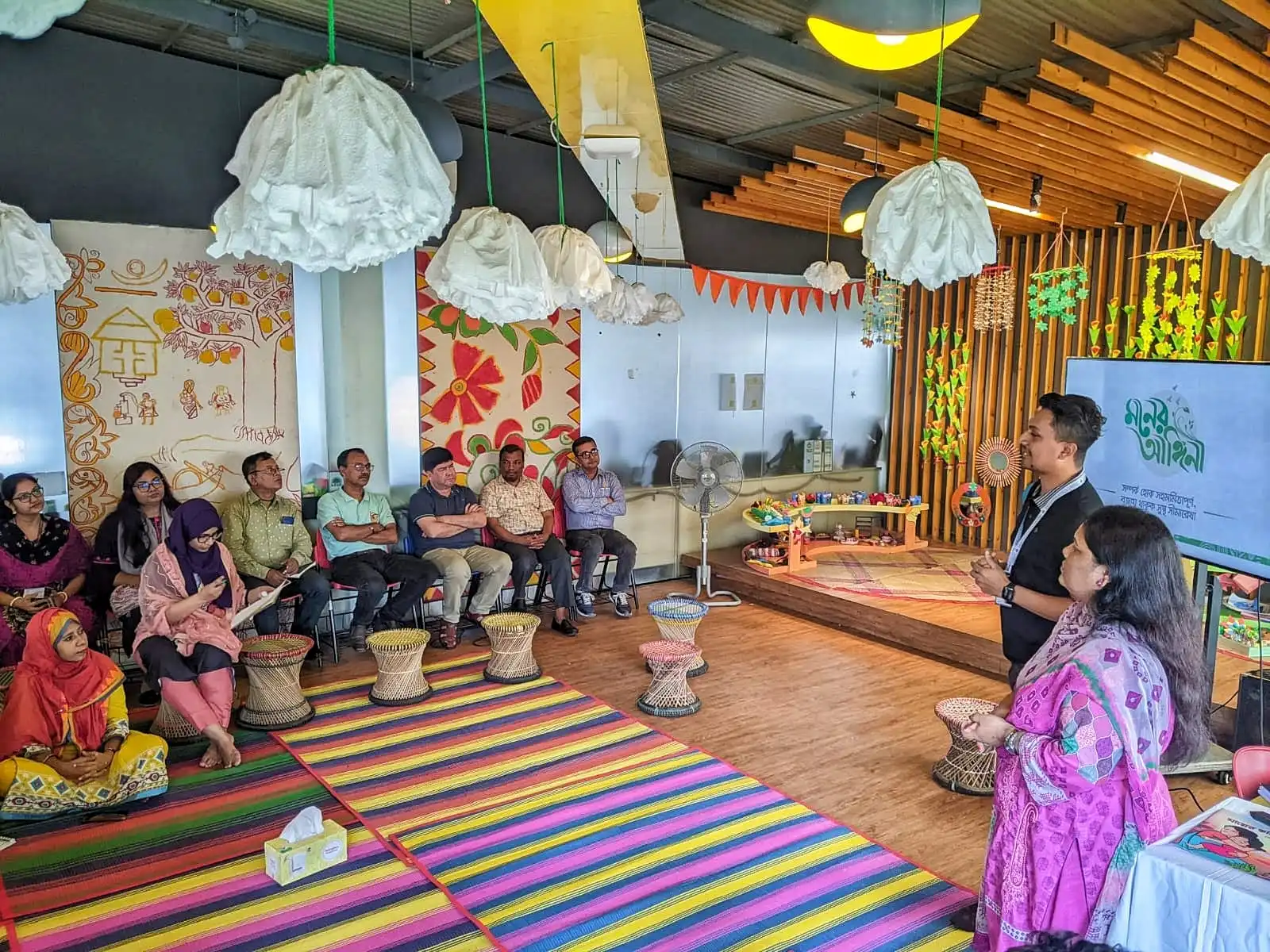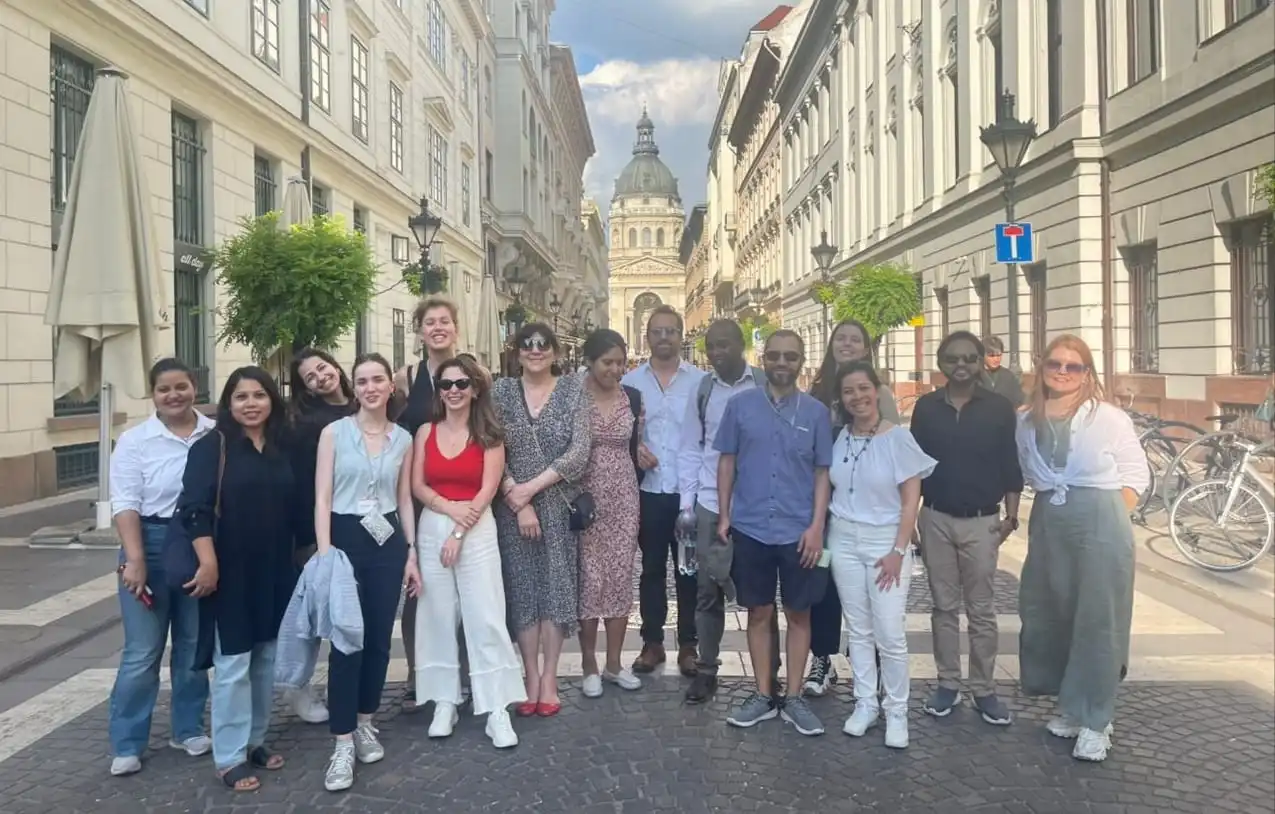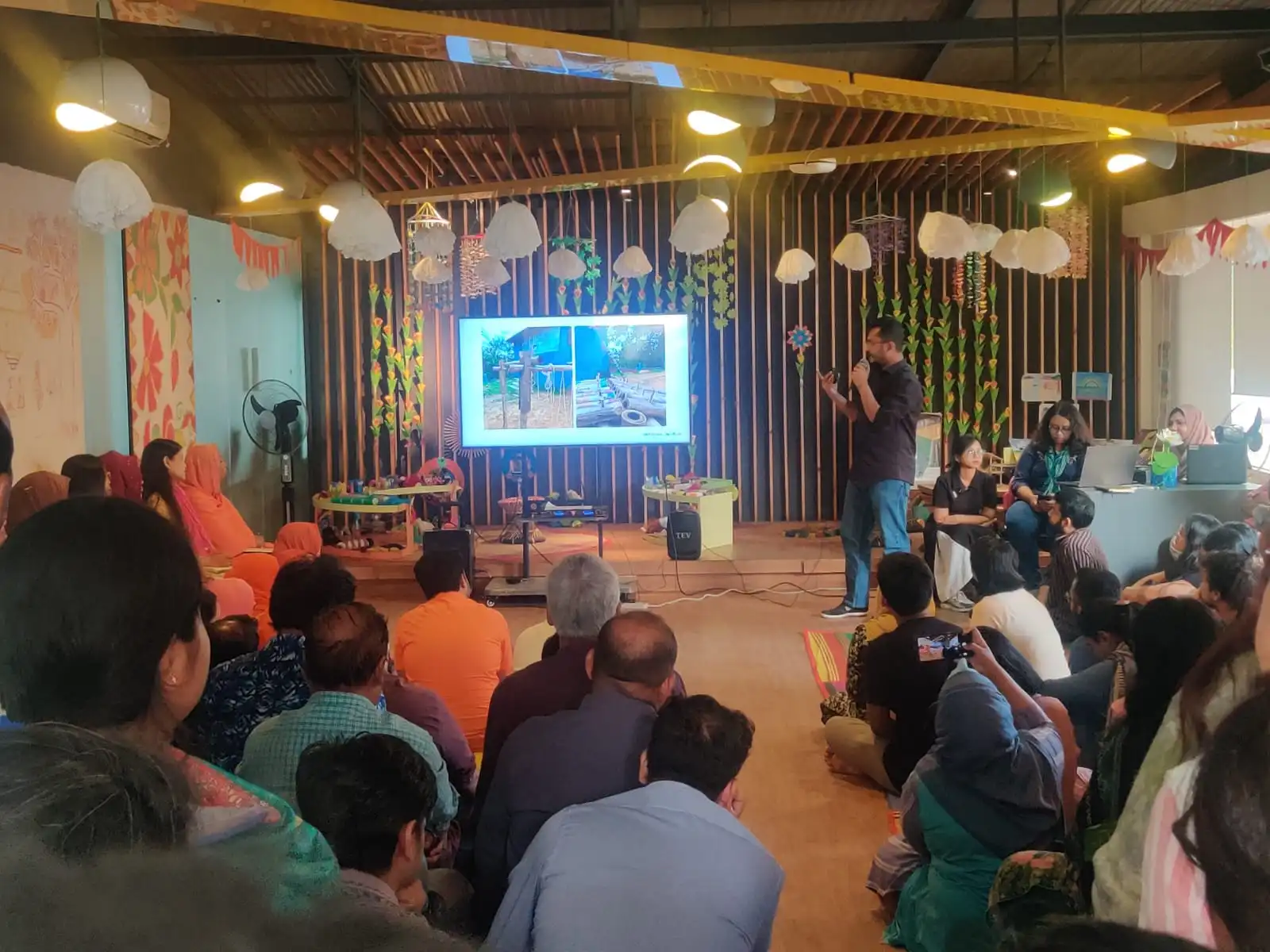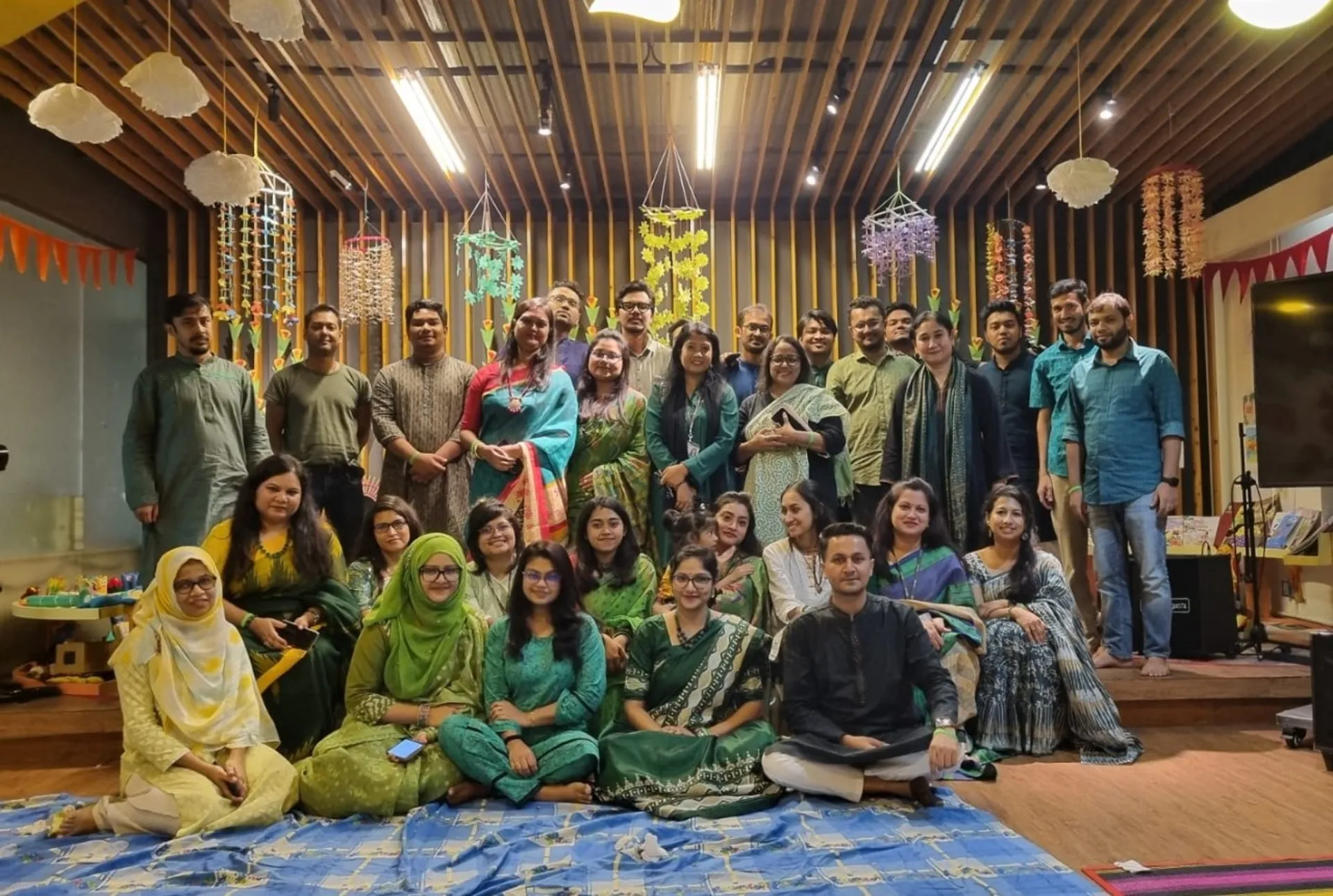A child learns by interacting with other people and reading to your child from an early age is a good practice to work on these interactions. Unfortunately, a common misconception among caregivers is that a child’s literacy skills start developing after the age of 6, but during this time children learn at a much faster pace than any other time in their lives. Every step they take at this age is a new experience to them. The practice of sitting with your children and reading-aloud a story book opens the door to more information for them. This helps develop their first socio-emotional abilities as well. Besides, joint reading practices make children notice that someone else is focusing on the same object as they are. With this excitement, they start imitating personalities, loving the good characters in the story and understanding the differences between good manners and bad manners. They ask for the same story again and again until they are able to tell the story themselves.
From Learning to Read to Reading to Learn
Reading story books to and with children play a vital role in developing a child’s literacy skills. It builds up their vocabulary and helps them recognize numbers, colors and alphabets. In other words, they start gaining a better understanding of numeracy, phonics and language through early reading activities. After finishing the story, readers can question the children about the content and help them remember the details. This early practice of brain and memory work can contribute to helping children gradually become a good , informative narrator.
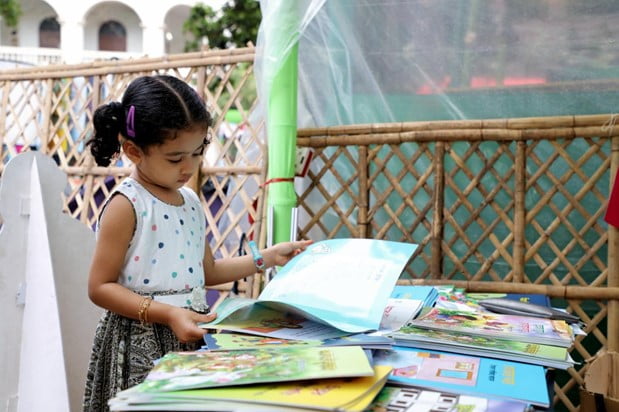
Additionally, early reading to children sets the foundation for later independent reading. Toddlers learn to name certain objects by looking at the pictures in the story books. Thus story book exposure at an early age increases vocabulary and comprehension skills which later help the child in school when he or she starts reading to learn. This is precisely why a child who is read to regularly will make significant progress in academic performance than a child deprived of this experience. Moreover, after being read to the same story multiple times, they are able to summarize the story and construct the meaning. This also helps a child develop cognitive abilities.
Seeing leads to knowing
Bright pictures in the storybook is what ultimately leads toddlers to grow interest in knowing the story. When the readers point at pictures and describe them, children start connecting concepts with words. If there is a picture of a pumpkin in the story, we need to ask during the read-aloud “What is this?” and then answer it ourselves, “This is a pumpkin”. By doing so, we let the child learn naming the pictures so that he/she can later describe what a certain object looks like. This visual representation during story reading helps children grab information and name objects they observe. Pictures help toddlers learn about colors, numbers, shapes and alphabets. A picture storybook also allows a reader to explain the story with more details. Both the reader and listener can look at the pictures and interpret them. This allows children to develop a sense of narrative which is also visual and experiential.
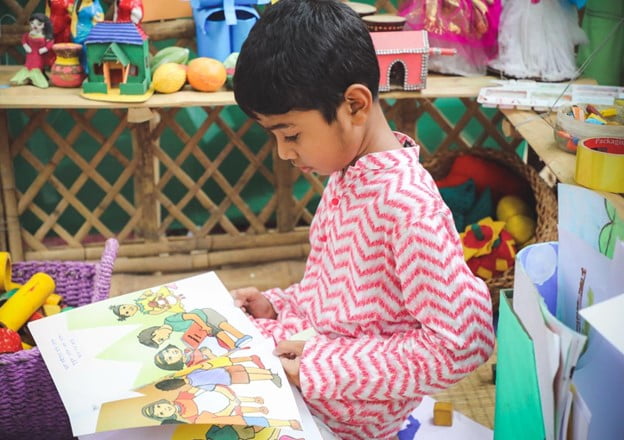
BRAC Institute of Educational Development, a leading organization in Early Childhood Development, works effortlessly to advocate and promote literacy environment and story book exposure for children. We published a book series titled “Esho Golpo Shuni” written by 16 authors. 30 books, 15 each for two age groups (1-3 years and 3-5 years respectively) were specially tailored for the mentioned age groups.
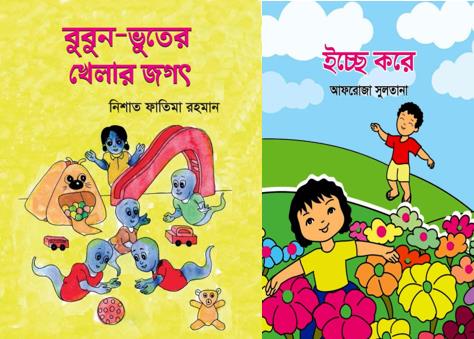
The initiative of launching “Esho Golpo Shuni” series was undertaken so that the books reach all the children. For this very reason, each BRAC Play Lab has a story book corner filled with these children’s books. The books of this series have colorful illustrations, a powerful tool to guide children’s visual attention to the story details.
Stories make them think!
The story reader can encourage children to ask questions, think about the queries they have on the scenarios together and come up with possible answers. Encouraging children to think about the story structure is a good practice that fosters positive attitudes toward reading. During a read aloud, children have the tendency to imitate the story-teller and develop their own perception on the characters of the story. This is how we can use a story reading activity as an effective way to introduce them with good behavior and bad behavior. Through this activity, children also learn about causes and effects of certain actions and can exercise logic. This helps a child to understand the differences between right and wrong from an early age.

Amena Akhter, a play leader at Manikdia BRAC Play Lab works with 4-5 years old children. Every day she conducts a storytelling session where all the children sit in a circle. Taking votes from the children, Amena chooses a story book. She reads the story aloud to them; she gives each character different voices, points at the picture, acts out the book and the children clap with excitement, try to imitate her gestures and keep asking for more details on the characters and scenarios. This story telling activity provides enjoyment to the children, builds up their curiosity and ensures their holistic development.
Joint Book Reading
Joint book reading practice with parents and family members includes parent-child interaction which later builds up mutual dependency. This practice also helps the child to become more socially interactive. Studies show that home reading brings out positive results in the child’s linguistic and literacy development.
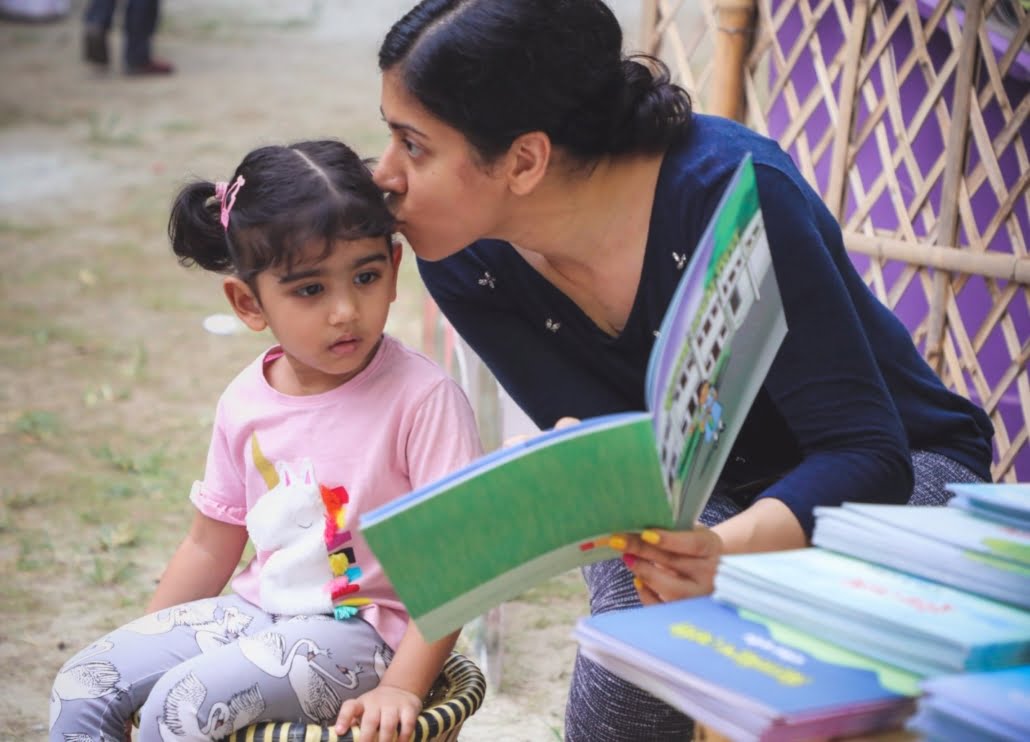
Early reading practice invokes curiosity in children, makes them think, takes their mind to places, introduces them to culture and expands their knowledge. So, sit with your children, choose a book together, read-aloud to them, nurture their imagination, encourage them to explore, and introduce them to new adventures every day.

